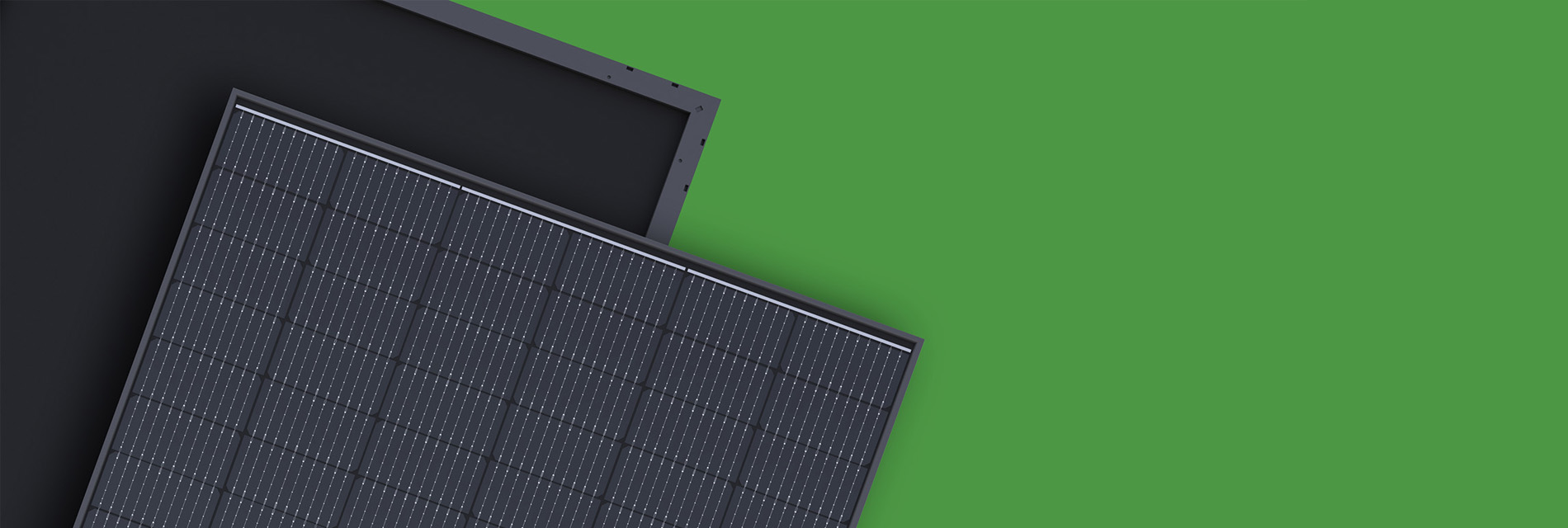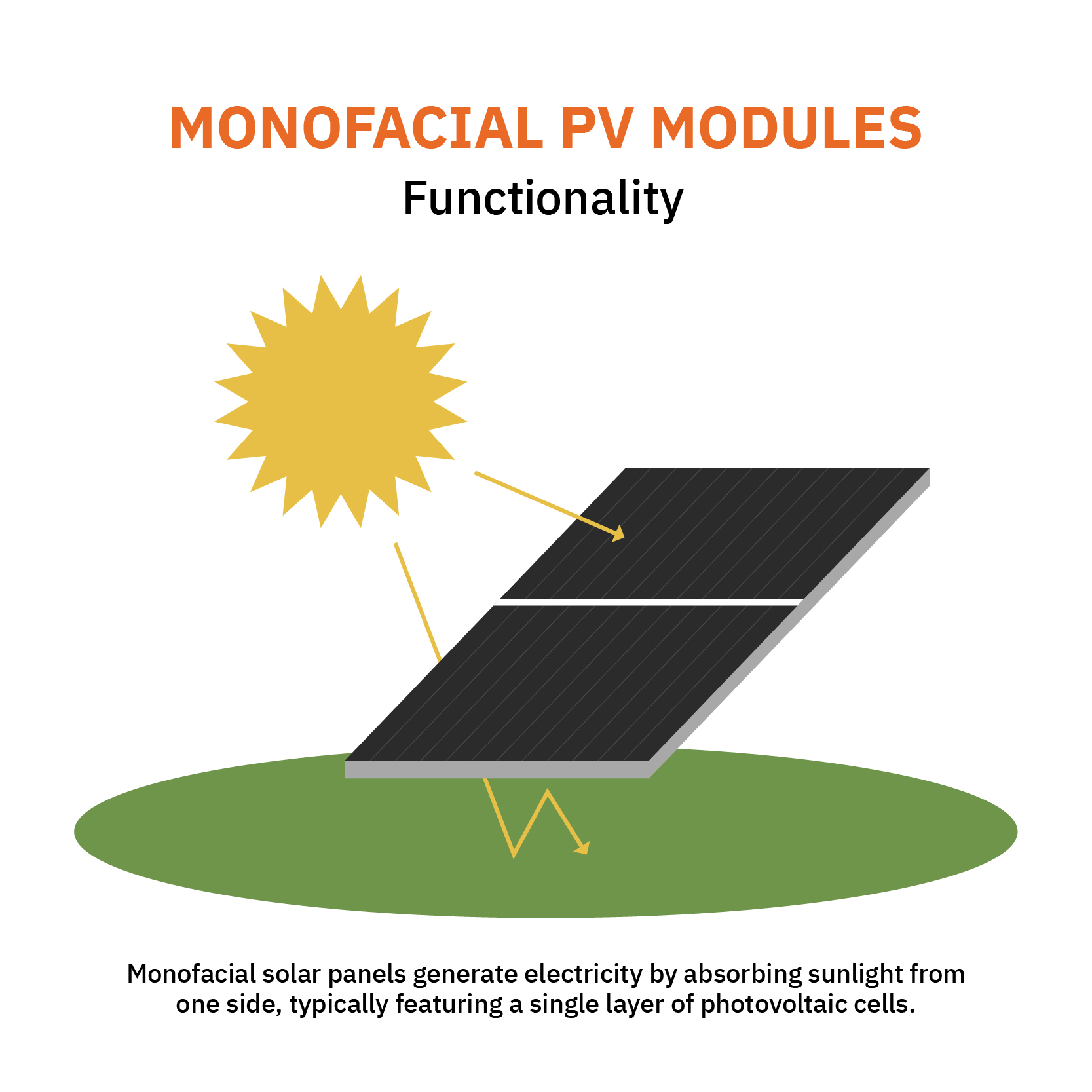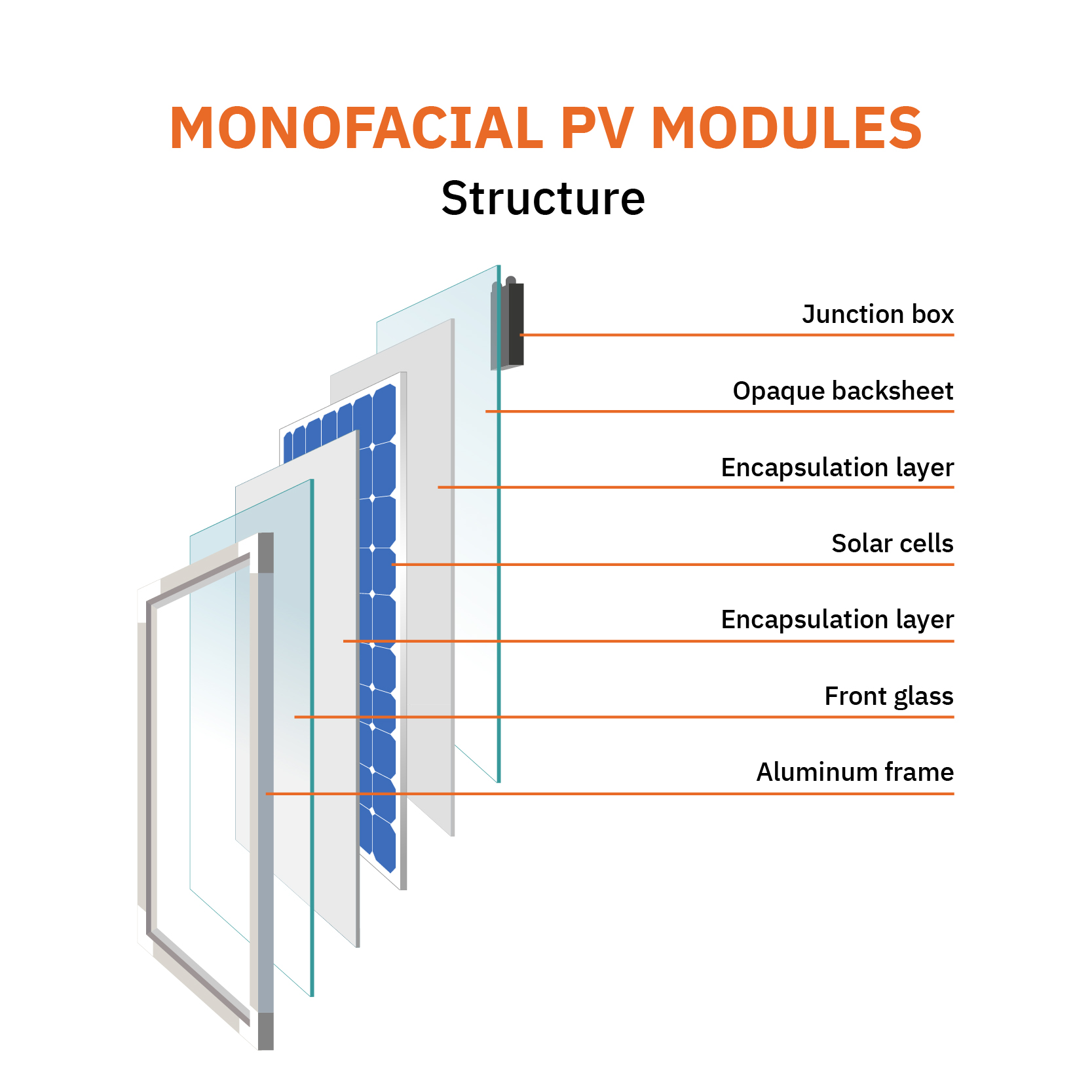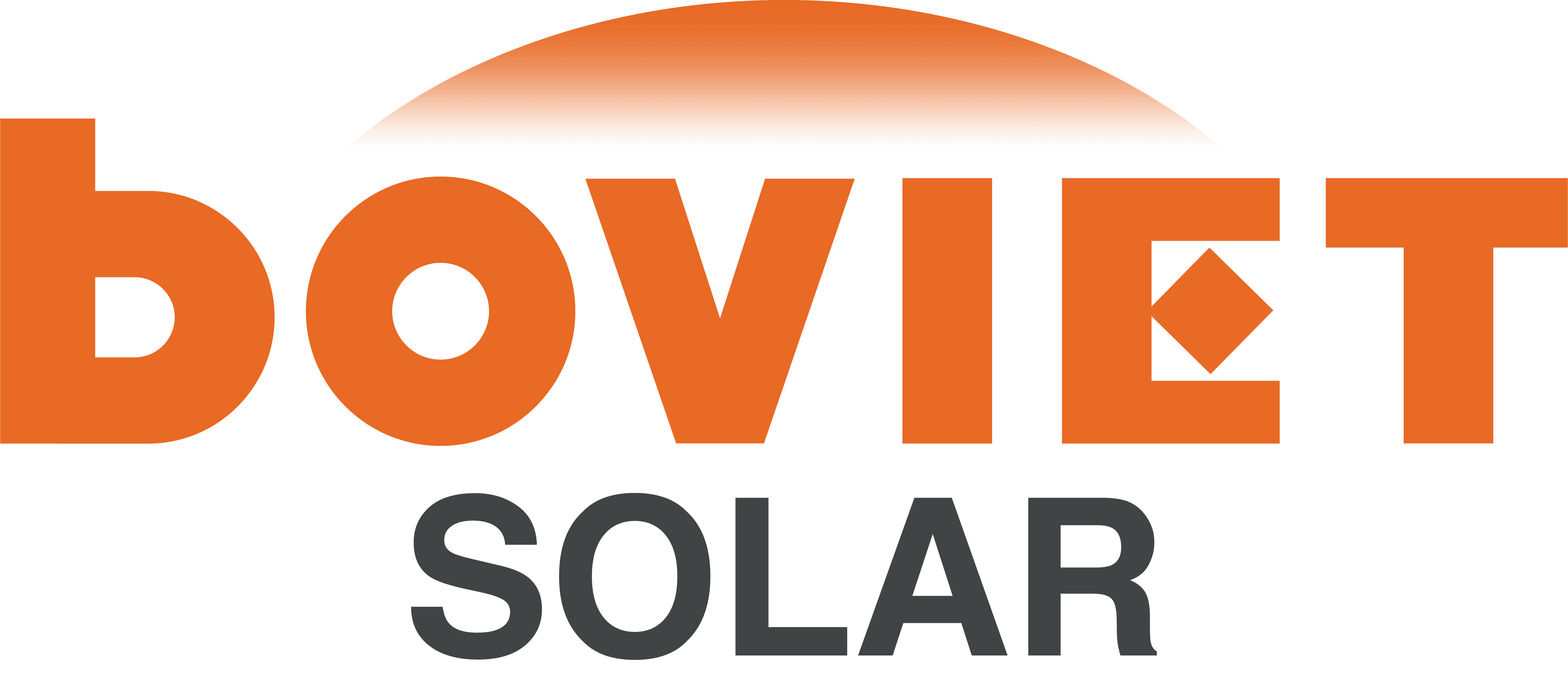
MONOFACIAL PV MODULES | Single Side Power Generation
A monofacial solar panel is a type of photovoltaic panel designed to capture sunlight and generate electricity from only one side—the front surface, where the solar cells are exposed. This design allows the panel to absorb direct sunlight from the front while the rear side is typically covered with a protective backsheet, preventing light absorption from the rear.
These panels are the most common type used in solar installations and typically consist of a layer of photovoltaic cells in between protective layers of glass and a backsheet. They are mounted in a fixed position, usually on rooftops or ground mounts, facing the sun to maximize energy capture. Monofacial panels are known for their straightforward design, reliability, and cost-effectiveness. The primary benefit of monofacial solar panels is their cost-effectiveness and simplicity, offering reliable energy generation by capturing sunlight from one side while being generally easier and less expensive to install compared to bifacial panels. Incorporating PERC or N-Type cells into monofacial solar panels leverages these advanced technologies to provide higher efficiency, improved performance under various conditions, and increased reliability, making them a superior choice for many solar installations.
- Increased Energy Conversion: Both PERC and N-Type technologies enhance the efficiency of monofacial panels by improving the cell’s ability to convert sunlight into electricity.
- Better Performance in Heat: These technologies reduce efficiency losses due to high temperatures, making the panels more effective in hot environments.
- Enhanced Longevity: Improved cell design and materials contribute to greater durability and reliability, leading to longer-lasting performance and reduced maintenance needs.
TECHNOLOGY FEATURES AND FUNCTIONS
Monofacial solar modules feature several advanced components designed to optimize their efficiency and performance. These features work together to ensure that monofacial panels generate electricity effectively, endure various environmental conditions, and integrate seamlessly into diverse solar installations. Key features include:
- Single-Sided Sunlight Absorption: Captures sunlight from the front side where the photovoltaic cells are exposed.
- Tempered Glass or Protective Plastic: Shields the photovoltaic cells from physical damage and environmental elements.
- Photovoltaic Cells: Made from silicon or other semiconductor materials to convert sunlight into electricity.
- Backsheet: A protective layer on the rear that provides insulation and protects the electrical components.
- Aluminum or Steel Frame: Offers structural support and facilitates secure mounting.
- Junction Box: Contains electrical connections and wiring for integration into a larger solar system.
- Encapsulant Layers: EVA (ethylene-vinyl acetate) layers between the cells and glass, providing adhesion and additional protection.


TECHNOLOGY BENEFITS
Monofacial solar panels are cost-effective and straightforward to install, which helps reduce both upfront costs and labor costs. Their proven technology ensures reliable and stable energy generation, making them a dependable choice for a range of applications, from residential rooftops to commercial and industrial setups. The panels’ durability, due to their protective glass or plastic material and backsheet, minimizes maintenance needs and extends their lifespan. Overall, monofacial panels provide efficient performance in standard sunlight conditions, offering a practical and trusted solution for generating solar energy with reduced risk and long-term benefits.
Proven Reliability
High Durability
Better Efficiency
Cost Effective
Versatile Application
Ease of Installation
Beatiful Aesthetic
Investment Confidence

